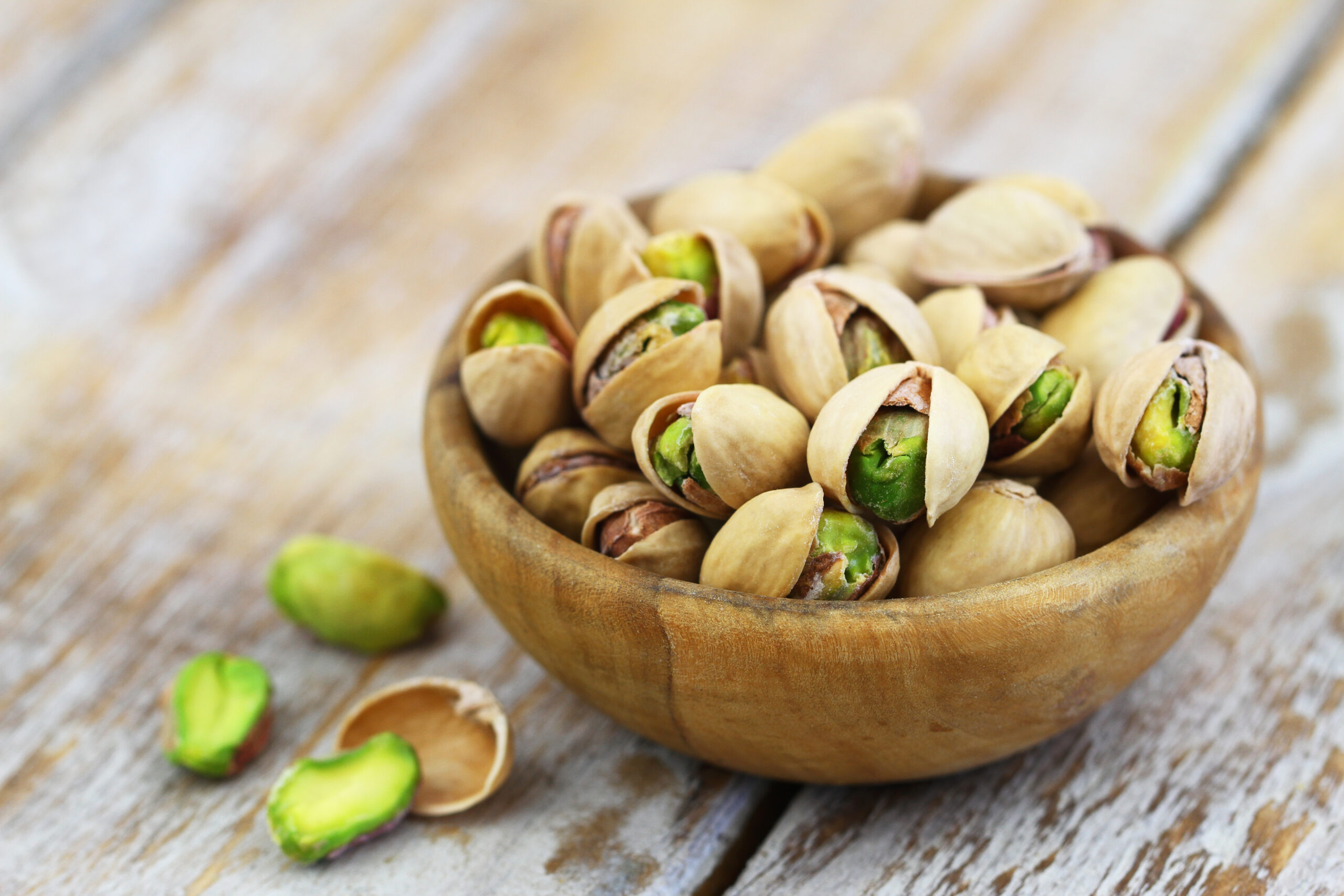Climate change is expected to accelerate the spread of mycotoxins like aflatoxins and heavy metal contamination in food, which could have devastating consequences for food safety and public health for countries already struggling with food insecurity,
As global food systems grow more complex and climate risks intensify, countries will need more portable, affordable and scalable tools such as these, especially in regions where conventional laboratory testing is inaccessible.
The IAEA, through its Joint FAO/IAEA Centre of Nuclear Techniques in Food and Agriculture, undertakes research and development to develop nuclear and complementary tools to detect food hazards that threaten food security, trade and public health.
Under the Atoms4Food initiative and in cooperation with the FAO, the IAEA has developed cost-effective and portable techniques that allow for the rapid testing of a large number of samples, including field-deployable tools, to support food safety emergency responses.
Food safety experts in Seibersdorf are working to extend this type of application to cover more categories of contaminants in other food products based on Member State needs. The FSCL has also adapted the same sensor platform to detect fumonisins (harmful mycotoxins linked to cancer and birth defects) in maize and maize products and toxic metals such as lead in fruit juices. This flexibility makes the technique a powerful tool in enhancing food safety.
Vlachou said, “The IAEA is creating resilient and robust interventions to assist food safety stakeholders in countries around the world, maintaining safety and hygiene at required levels to avoid foodborne illnesses.”
